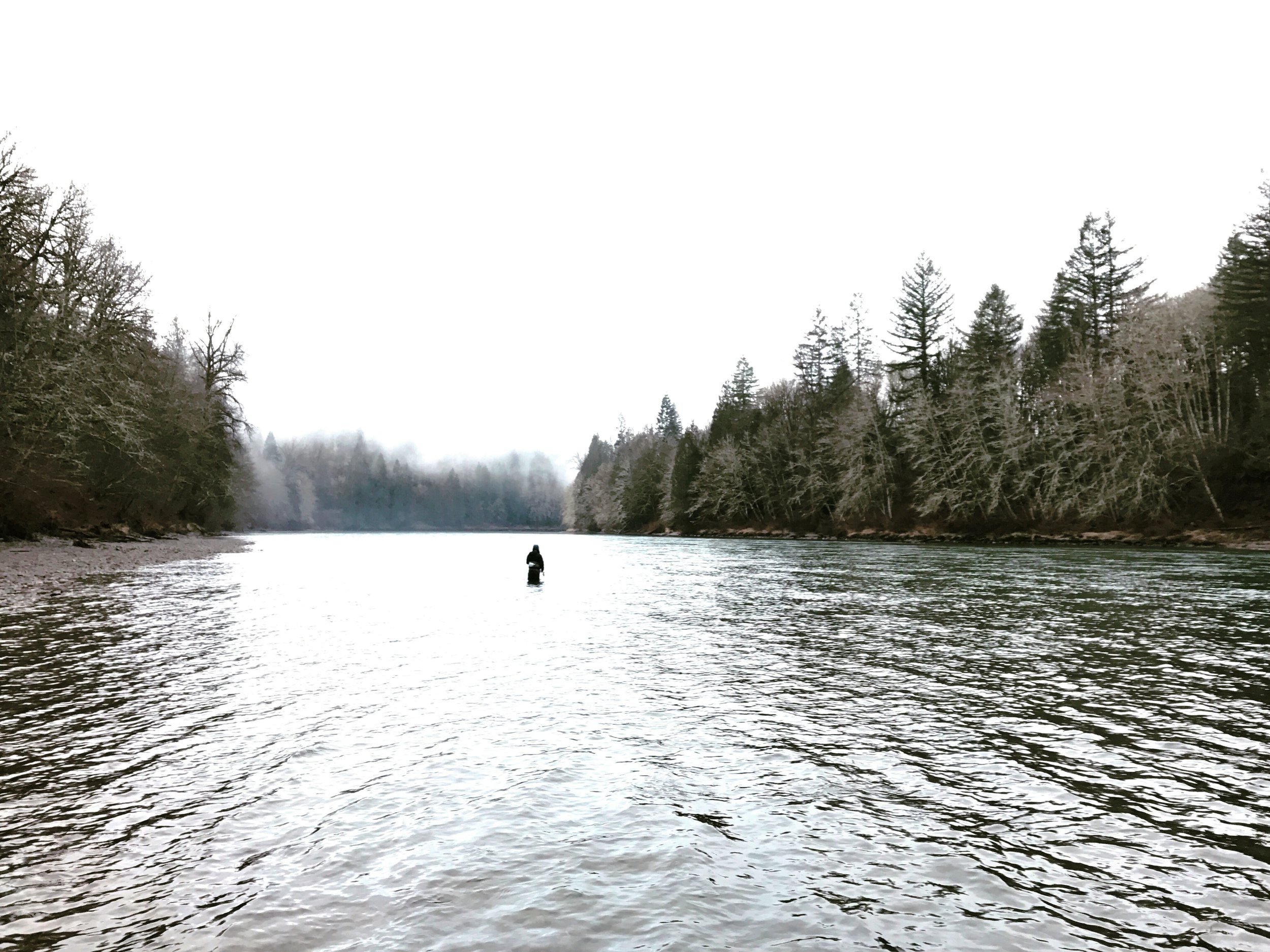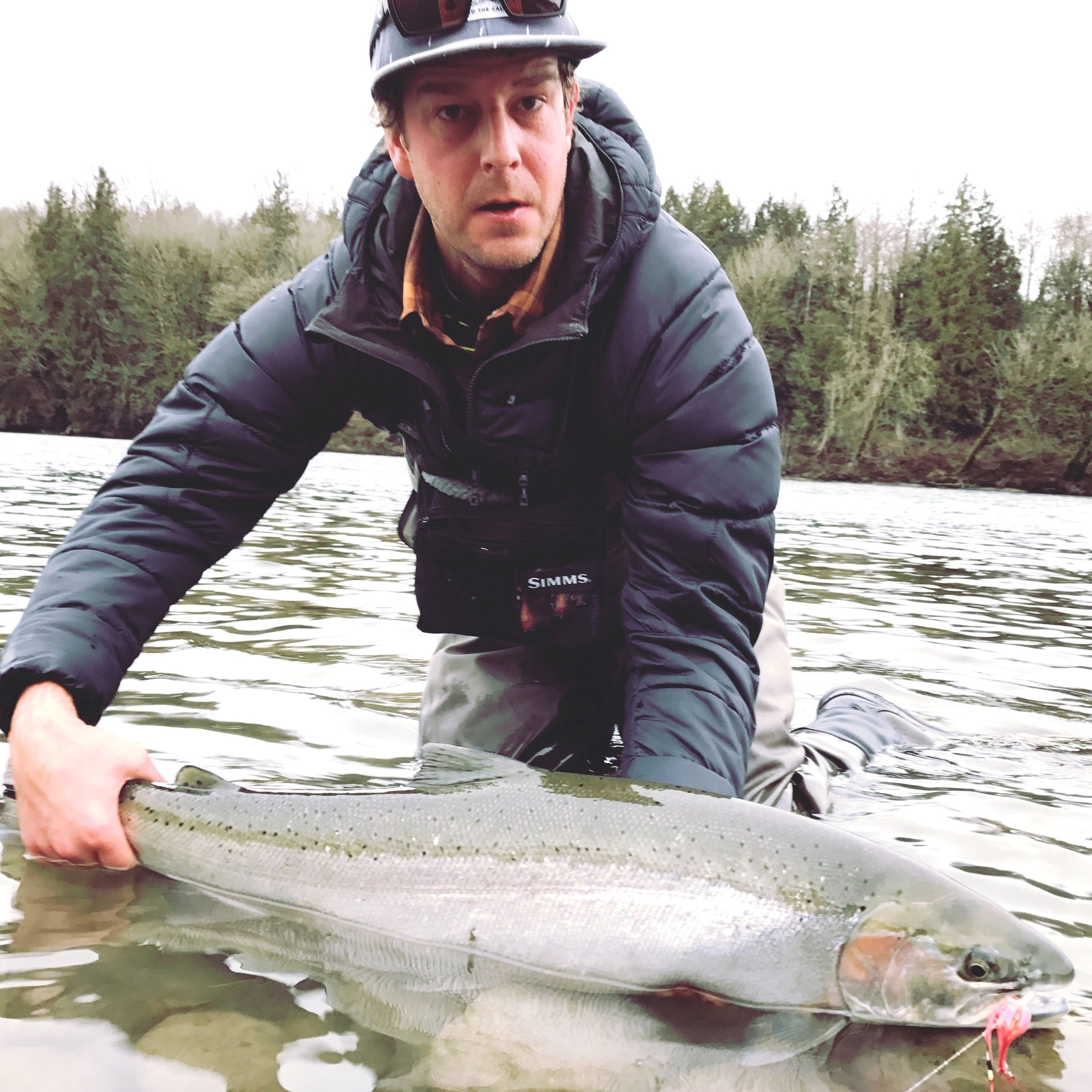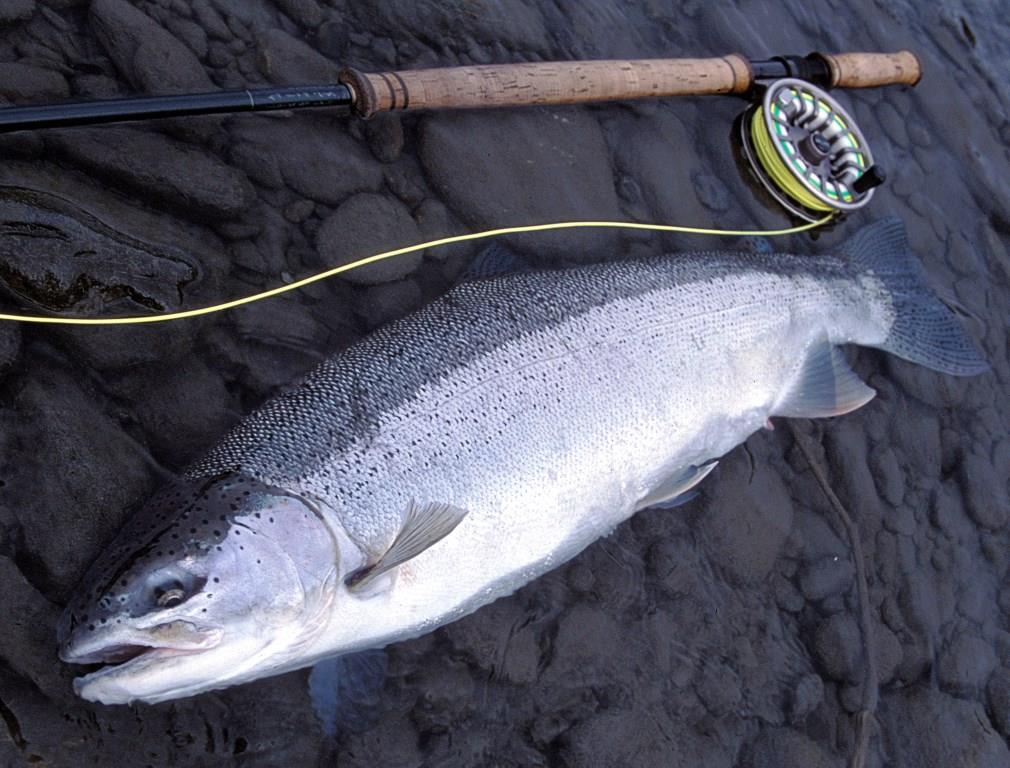I was just a boy. Eleven to be exact and full of adventure. On this day my family was visiting my aunt, uncle and cousins in the nearby farming community of Hayford, Washington, just outside Spokane.
My cousin Paul and I decided to ride bicycles over to say hi to our Grandfather, a distance of roughly two miles. In 1974 two eleven year old boys routinely made such decisions without fear, not sure that’s true today. The bike I was on belonged to my much older cousin David and I chose it specifically for its accessories. It was a stingray with the old banana seat, ape hanger handle bars and best yet, a speedometer! In my mind I’m convinced that my goal on this ride was to reach 20mph on the speedo. I think it was unlikely, in hindsight, as I was having trouble keeping up with Paul. Whatever the speed I was trying to achieve I do know I could get very close with maximum effort, but it was impossible to maintain it. It was requiring my full attention. So much so that I failed to notice how loose the front tire was. As I approached the merger of the road my Grandpa lived on and the highway, I rode full speed into a large patch of loose gravel. I remember the handles being yanked from my hands and me throwing my hands in the air. Nothing more.
I awakened eleven days later in the intensive care unit of Deaconess Hospital. I had landed on the front left side of my helmetless head and suffered a severe concussion that left me comatose and clinging to life. The story as told by my mother was that my first words were “I’m hungry”. What I recall is the near pandemonium my meek voice caused and that it was quite some time before anyone actually thought to feed me. I stayed in the hospital a few days more and then went home to continue to recuperate. I was very closely watched and tended too and suffered few lasting effects, with two or three possible exceptions. Unlike all of my siblings , I never had my own bicycle until purchasing my own as an adult , my mother swore forever after that I was a sweet boy until I got that bump on my head and the vision in my left eye would be permanently damaged. The optic nerve was crushed in much the same manner that a pipe would be if driven over by a truck. For all intent and purpose, I am legally blind in my left eye. A fact that frustrates and befuddles fishing companions to this day that swear my one eye sees better than their two without explanation.
Fast forward twenty nine years and I’m meeting my guide customer for the day on the upper Coeur d’ Alene River. The plan is to float the drift boat from an unimproved ramp down to the confluence with the South Fork. This is an unimaginably beautiful piece of water that is heavily shaded from both pine and aspen trees. There is in equal measure riffles and runs that hold westslope cutthroat trout that to this day defy explanation for their size. It’s a cool piece of water.
I meet my customer for the day, Austin, at the entryway of an rv park about halfway between our put in and take out. He’s an older gentleman, small in stature, holding a fly rod with an automatic reel attached to it. He seems quite somber and reserved for a guy going fishing. Introductions are made and I offer to stow his rod and gear bag. He looks at me pointedly and says, “ Before we go I need to tell you something. Many years ago I was a professional jockey. I was injured in a race one day when my horse rolled over on me. I have very limited use of my right arm. I’m well aware that fly fishing with one arm is next to impossible and in fact three different guides on this trip have all told me I was wasting my time. Nevertheless, I am determined to catch a fish on this rod and have taught myself to cast and operate the reel with my left. If you don’t think you can do this for me tell me now and save me the disappointment.”
The measure of thoughts that went thru my head in the brief moments after he finished his speech amazes me to this day. I was inspired by him, angry at those other guides, and not surprisingly, completely overwhelmed at the prospect he had presented. Somewhere in the miasma I found my voice and said equally pointedly “ To hell with those guys, get in”.
In my head with considerably less confidence I thought, we’ll figure it out.
The gentleman hadn’t exaggerated. He had done his homework and could with complete accuracy cast up to thirty five feet of line with ease. Any longer distances were marginalized by his inability to haul line due to his physical challenge. An accurate description of his injury would be that his right hand was basically useless however he could move his arm with effort, but nothing like the dexterity that you or I enjoy. You can imagine the challenges this introduces to managing line in the course of drifting a dry fly to a rising trout or setting the line for that matter, on a take. Much can be accomplished with the automatic reel in the correct hands, and to be fair his was the hand. What we didn’t know was the reel would prove lacking in the task it was most expected to accomplish.
After some early tips and fine tuning, in little time Austin was laying out casts and learning with a few foibles to manage line in a drift, the spring loaded automatic reel begged for a fine touch and there was a learning curve to overcome to achieve it. After several missed takes by eager cutts, to the amazement of us both Austin hooked a fish. In the event of any anglers first fly caught fish there is a measure of confused panic that occurs. Invariably they want to land the fish far sooner than fish or tackle will allow Throw in the use of one hand and it’s easily described as chaos. The guide in these instances is usually reduced to barking commands to overcome the complete lack of clarity on the excited anglers part. In the midst of all this confusion, to our dismay, it quickly became apparent that the spring loaded action on the reel isn’t up to the task of retrieving line under the added weight of a fish. In an instant the fish turned off the hook and was gone.
I’ll never forget the look of dismay on Austin’s face as that line went slack. The boat went quiet and during the silence I tried to puzzle out a solution. I was amazed at what he had accomplished and watching him overcome those challenges had fired me up. I was determined to help him achieve this goal. After some contemplation I began to puzzle out a solution.
In the course of a day’s fishing with a fly rod there are many times when a fished is hooked and there are several feet of line laying on the deck of the boat. This occurs while the angler manages the slack line between the rod tip and the fly on the water in the course of a drift. In the event of a hook up the angler will, depending on the fight and relative size of the fish, either reel the fish in or hand line the fish in while applying tension to the line with the trigger finger of the casting hand. In Austin’s case he had developed a very adept method of feathering the handle on the automatic reel to pick up the slack off the water but instead of it falling to the floor of the boat, it was stowed cleanly inside the reel. That being said, how then to overcome the weak spring on the reel and retrieve a hooked fish? Then it came to me.
The guides third hand.
Every guide I know has implemented the use of their mouth as a third hand in a day’s fishing. Most do it completely unconsciously. The solution I offered Austin looked like this.
Upon hook up the reel did in fact offer enough tension to hold the fish on the barbless hook. Instead of holding line under his trigger finger on his casting hand he could bring his right arm over, hold the line between the rod and his forearm. He then retrieved line with his mouth. If the fish was powerful enough to take line as it swam he merely released the tension with his arm and waited til it slowed, then continued to hand line it in, or mouth line it such as it was . Sounds crazy I know but before long we had fish in the net and all that previous dismay was erased.
After a handful of fish I began to gain confidence in Austin’s newfound technique and instinctively started spotting risers. The partnership that occurs between an oarsman and angler is like choreographed dance when it’s on and while this may have lacked a step or two it was still pretty awesome.
Then I saw it. Every seasoned angler will tell you there is a difference in the rise form left by distinctly bigger fish. This was a big fish and I had seen the rise in about as good a spot for a drift as you could hope for. Markedly I began to guide Austin into the lie for a chance at the fish. While doing so some people had gathered on the rail of a deck overlooking the river on our left. Austin was pointedly concentrating on the drift and was oblivious to them. As many big fish will sometimes do, it ignored the first handful of drifts that Austin offered. In which case I would back row us upstream and he would cast again. In the process of these offerings a particularly astute member of the gathering behind us noticed that Austin didn’t have full use of his right arm. While they were being polite and very discreet about it, sound travels over water and I could clearly hear them sharing over and over. After a few moments a crowd began to gather on that deck and I could hear individuals updating new arrivals while simultaneously admonishing them to be quiet.
Then it happened. The one cast produced the one drift and as casually as he had been sipping naturals a moment before, the fish ate Austin’s fly.
With all of his newfound experience of a handful of fish in the net prior to that take, Austin employed every tactic he knew and before long the fish slid into my net. The crowd gathered behind had somehow managed to keep their silent vigil until that moment whereupon they erupted into raucous cheers. Startled the hell out of Austin but brought tears to my eyes. I’m not sure I’ve ever netted a fish that brought more emotion than that one.
We laughed and talked and celebrated as if he’d won the Triple Crown. I explained how long the crowd had been watching and how they’d been so respectful until they couldn’t contain it any longer. After a picture or two, of course, we waved to our newfound fans and continued our float. If you’re counting, it taped nineteen inches. A few more fish were netted that day along with some misses, about average for a float trip on the Coeur d’Alene. We parted ways at the end of the day and surprisingly never spoke again. Personally, I like to think of it as the pinnacle of my guiding experience.
I remember driving home after and feeling beyond elated. I couldn’t wait to get home and tell the story to my bride. I related it to her in much the same fashion as I just did here. Upon finishing she looked at me with a wry grin and til the day I die I’ll remember what she said.
“So, Old One Eye showed Old One Arm how to catch a fish?”
It’s all about perspective I guess.






























